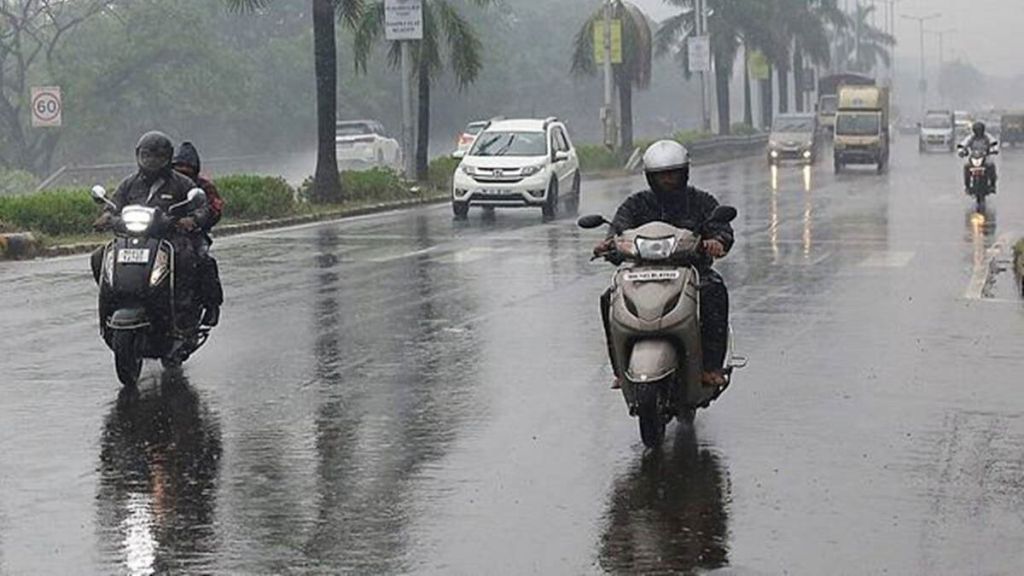Delhi woke up to light rain on Thursday morning, bringing much-needed relief from the persistent humidity. Commuters were seen navigating through the rain in areas like Lajpat Nagar and ITO as they made their way to work.
The rain followed a heavy downpour on Wednesday that led to severe waterlogging in several parts of Delhi-NCR, including the Zakhira underpass, NH-24 highway, Moti Bagh, Tughlaq Road, Akshardham flyover, and RK Puram. As a result, the Delhi Traffic Police issued an advisory regarding heavy traffic at Mahatma Gandhi Marg due to severe waterlogging at Nigam Bodh Ghat, with diversions implemented at Chandgi Ram Akhara.
Delhi recorded 108 mm of rain till 8:30 am on Wednesday, causing significant disruptions. This downpour came on the heels of another heavy rain event on Monday, which caused a sudden weather change in the national capital.
Notably, in June, Delhi received its highest rainfall in 88 years, with the Indian Meteorological Department (IMD) reporting 228 mm of rain from 8.30 am on June 27 to 8.30 am on June 28, totaling 235.5 mm in 24 hours. This extraordinary rainfall has also raised the water levels in the Yamuna River, prompting authorities to issue alerts to residents of Noida villages along the riverbanks.
Despite the disruptions, the rain has brought temporary relief to Delhiites from the oppressive summer heat.
These villagers experienced severe flooding last year during the monsoon season, causing significant inconvenience to residents of both Delhi and Noida.
Meanwhile, heavy rains have caused severe disruptions across Gujarat, with flood-like situations in various districts.
In the past 24 hours, eight people have been killed due to the deluge, taking the death toll to 61, officials said on Wednesday.
Relief Commissioner Alok Pandey said that rescue operations are ongoing in Dwarka and Surat, with efforts to assist affected residents and manage the crisis.
(With inputs from agencies)


